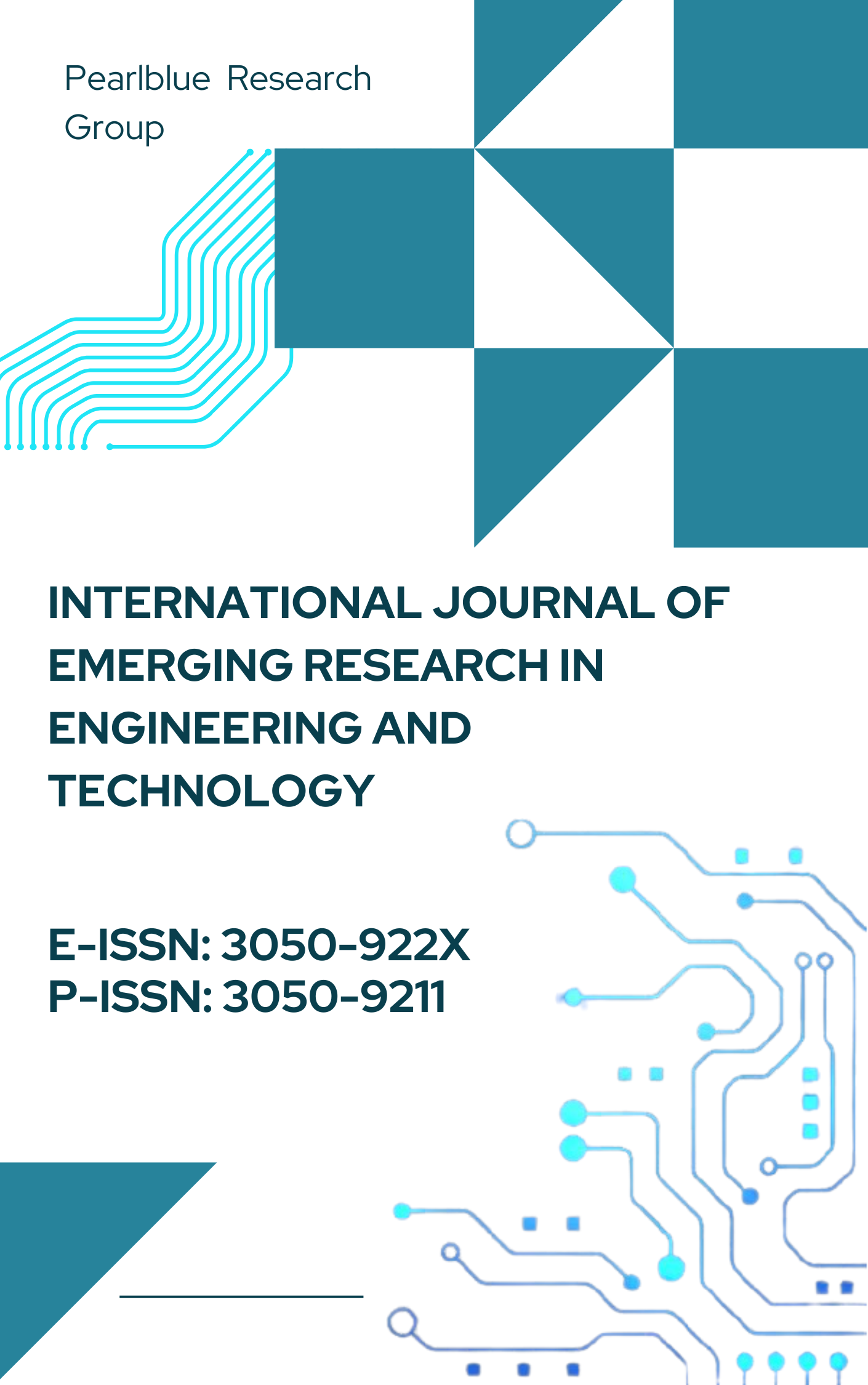Machine Learning-Based Decision Support System for Higher Education Administration
DOI:
https://doi.org/10.63282/3050-922X.IJERET-V3I2P102Keywords:
Machine Learning, Decision Support System, Higher Education, Administration, Predictive Analytics, Student Performance, Enrollment Management, Resource Allocation, Academic Planning, Data-Driven Decision-MakingAbstract
In the rapidly evolving landscape of higher education, the need for efficient, data-driven decision-making has become increasingly important. Traditional methods of administration, which often rely on manual processes and intuition, are no longer sufficient to address the complex challenges faced by educational institutions. This paper presents a Machine Learning-Based Decision Support System (ML-DSS) designed to enhance the administrative processes in higher education. The system leverages advanced machine learning algorithms to analyze large datasets, provide actionable insights, and support strategic decision-making. The paper discusses the system's architecture, the algorithms used, and the potential impact on various administrative functions such as student recruitment, resource allocation, and academic performance monitoring. The results of a pilot study conducted at a large university are presented, demonstrating the system's effectiveness in improving administrative efficiency and outcomes.
References
[1] (2020). Predictive modeling for student retention in higher education. Journal of Educational Technology & Society, 23(4), 123-135.
[2] Optimizing course scheduling using machine learning. Computers & Education, 162, 104085.
[3] Breiman, L. (2001). Random forests. Machine Learning, 45(1), 5-32.
[4] Cortes, C., & Vapnik, V. (1995). Support-vector networks. Machine Learning, 20(3), 273-297.
[5] Friedman, J. H. (2001). Greedy function approximation: A gradient boosting machine. Annals of Statistics, 29(5), 1189-1232.
[6] Hastie, T., Tibshirani, R., & Friedman, J. (2009). The Elements of Statistical Learning: Data Mining, Inference, and Prediction. Springer.
[7] Kotsiantis, S. B., Zaharakis, I., & Pintelas, P. (2007). Supervised machine learning: A review of classification techniques. Emerging Artificial Intelligence Applications in Computer Engineering, 160, 3-24.
[8] Pedregosa, F., et al. (2011). Scikit-learn: Machine learning in Python. Journal of Machine Learning Research, 12, 2825-2830.
[9] Quinlan, J. R. (1993). C4.5: Programs for Machine Learning. Morgan Kaufmann.
[10] Rokach, L., & Maimon, O. (2005). Clustering methods. In Data Mining and Knowledge Discovery Handbook (pp. 321-352). Springer.
[11] https://jcmm.co.in/index.php/jcmm/article/view/70
[12] https://etd.cput.ac.za/bitstream/20.500.11838/3995/1/Funda_Vusumzi_200608029.pdf
[13] https://mgesjournals.com/ijsrtm/article/view/6065
[15] https://papers.ssrn.com/sol3/papers.cfm?abstract_id=4530480
[16] https://pmc.ncbi.nlm.nih.gov/articles/PMC9510088/
[17] https://eudl.eu/pdf/10.4108/eai.24-11-2023.2343592



